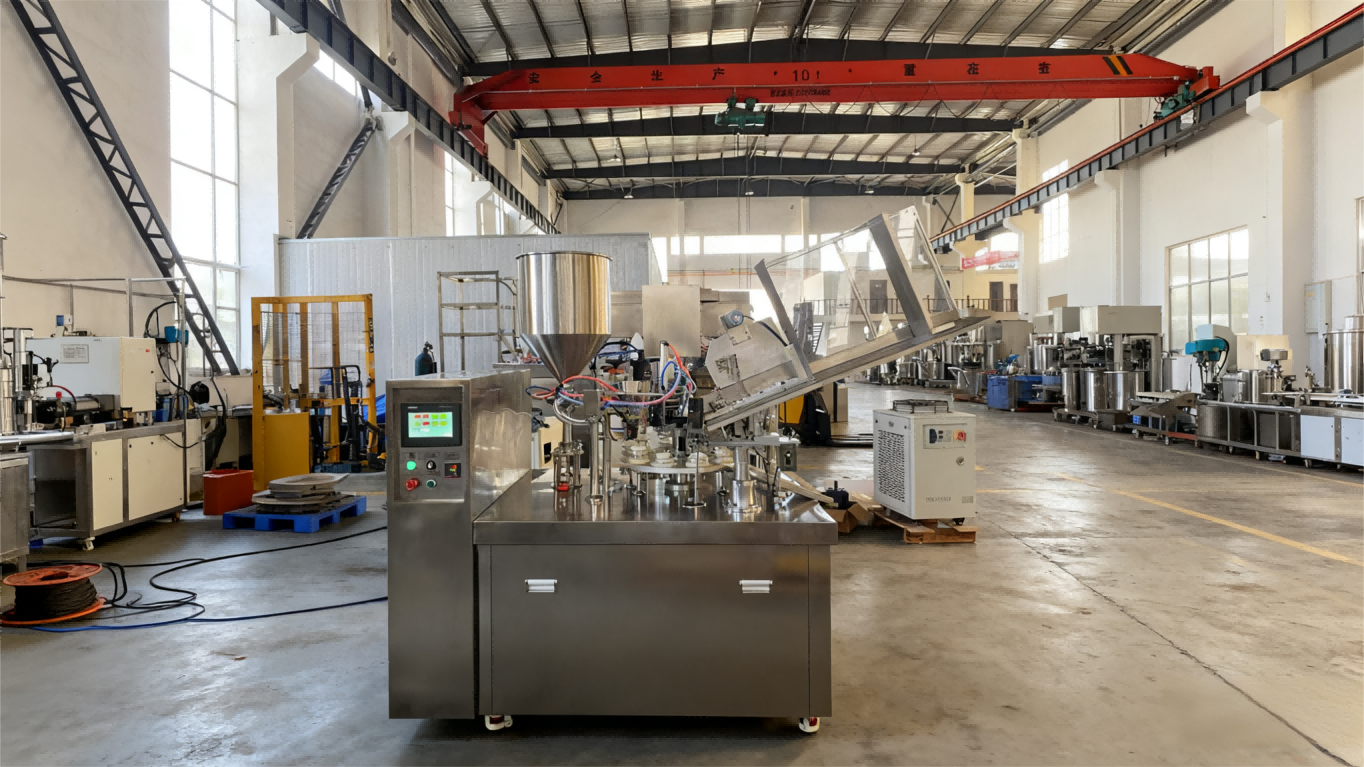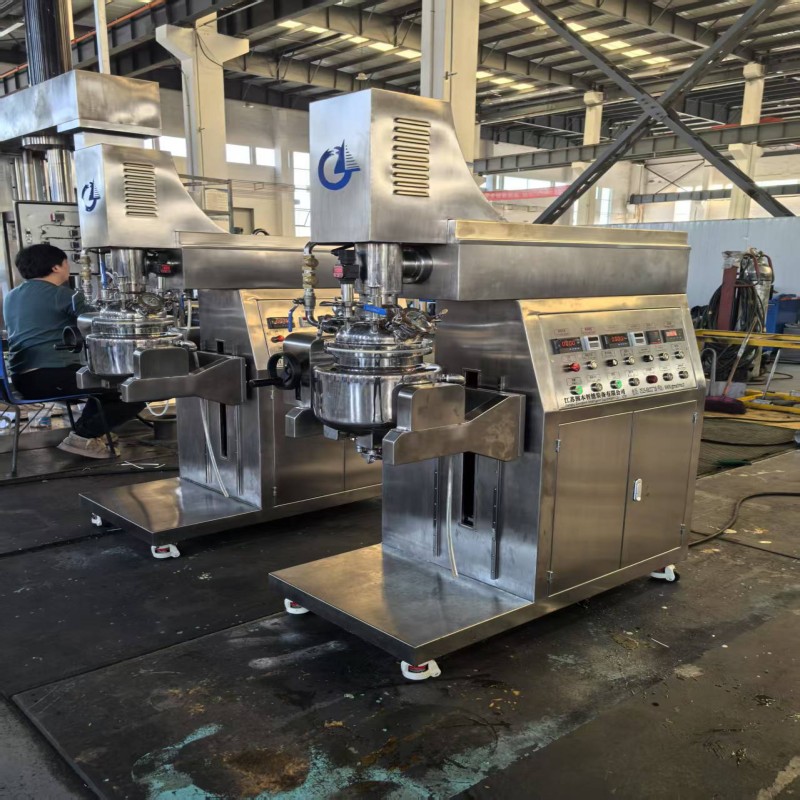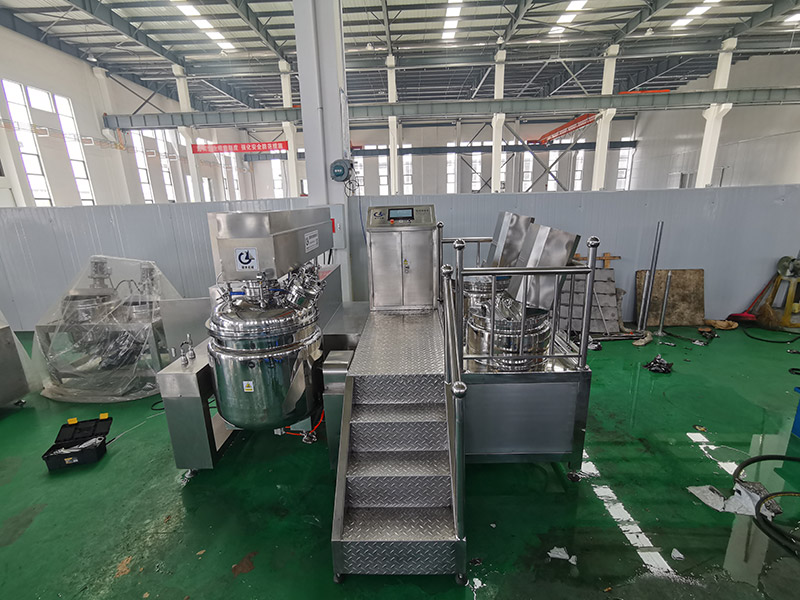Core Advantages of Composite Hose Filling and Sealing Machines
In the packaging equipment industry, composite hose filling and sealing machines have emerged as a game-changer, especially for sectors like cosmetics, pharmaceuticals, and food processing. Unlike machines designed for single-material hoses (such as PE or PP), these specialized devices are engineered to address the unique properties of composite hoses—multilayer structures typically combining plastic, aluminum, and barrier films. Their core advantages lie in superior material adaptability, precision-driven performance, industry-compliant safety, and long-term cost efficiency, making them indispensable for modern high-quality production lines.
1.Exceptional Adaptability to Composite Hose Characteristics
Composite hoses are prized for their barrier properties (resisting oxygen, moisture, and light) but pose challenges due to their layered structure and varied thicknesses. Composite hose filling and sealing machines tackle this with targeted design features. First, they feature adjustable clamping and feeding systems that accommodate composite hoses of different diameters (10–50mm, the industry standard) and lengths, preventing deformation of the delicate multilayer structure during feeding. Second, advanced heating modules use segmented temperature control (120–180℃) to avoid overheating the aluminum layer— a common issue with generic machines that can cause layer separation. For example, models like Shanghai Sheng Guan’s external heating composite hose sealer maintain temperature accuracy within ±2℃, ensuring consistent sealing without damaging the hose’s barrier function. Additionally, these machines support both plastic-lined and aluminum-laminated composite hoses, eliminating the need for separate equipment for different composite types.
2. High Precision Ensures Product Quality and Consistency
In industries where product integrity is critical—such as pharmaceuticals (ointments) and high-end cosmetics (serums)—precision is non-negotiable. Composite hose filling and sealing machines excel here with two key capabilities. Their high-precision filling systems achieve an error rate of ≤±0.5%, far exceeding the ±1% threshold of standard machines. This is enabled by servo-driven piston pumps that adjust flow rates based on the composite hose’s volume, ensuring uniform filling even for high-viscosity materials (up to 150,000 cps, ideal for creams). Second, their advanced sealing technology guarantees airtightness. Ultrasonic sealing or hot-air sealing mechanisms create a leak rate of ≤0.1%, preventing contamination and preserving the product’s shelf life. For instance, Wenzhou Zhonghuan’s ZHY-60YP model uses ultrasonic sealing for composite hoses, producing smooth, wrinkle-free seals that pass 48-hour pressure tests without leakage. These precision features reduce rework rates by over 30% compared to generic machines, directly boosting production efficiency.
3. Compliance with Strict Industry Standards
Composite hoses are widely used in regulated sectors, and the machines processing them must meet rigorous safety and hygiene standards. Composite hose filling and sealing machines are built with compliance in mind. All parts in contact with materials are made of 304/316L stainless steel with a surface roughness of Ra ≤0.8μm, facilitating easy cleaning and meeting FDA and GMP requirements. In pharmaceutical applications, machines include in-line cleaning (CIP) systems that eliminate residue between batches, preventing cross-contamination. For food-grade products (e.g., squeeze tubes of nut butter), explosion-proof components are integrated to handle flammable materials safely. Furthermore, these machines feature smart monitoring systems that log production data (temperature, filling volume, sealing time) for traceability— a requirement for regulatory audits in both domestic and export markets.
4. Cost Efficiency Through Automation and Durability
While composite hose filling and sealing machines may have a higher initial cost, their long-term savings are substantial. Full automation reduces labor costs by replacing 2–3 manual operators per shift; top models like Shantou Dachuan’s DC-638-558 achieve speeds of 30–65 hoses per minute, cutting production time by 50% compared to semi-automatic alternatives. Durability is another cost-saving factor: core components (e.g., Panasonic servo motors, Omron temperature controllers) have a service life of 5–8 years, reducing maintenance frequency. Additionally, the machines’ quick-changeover design allows switching between different composite hose sizes in 15–20 minutes (vs. 30+ minutes for generic machines), minimizing downtime for small-batch production. A 2025 industry report shows that businesses using composite hose filling and sealing machines recover their investment within 12–18 months through reduced labor and maintenance costs.
In conclusion, composite hose filling and sealing machines are tailored to unlock the full potential of composite hoses. Their adaptability to layered materials, precision performance, regulatory compliance, and cost efficiency make them a vital asset for businesses aiming to enhance product quality, meet industry standards, and optimize production. As composite hoses grow in popularity—driven by consumer demand for sustainable, long-lasting packaging—these machines will remain a cornerstone of modern packaging lines.
News
- Latest News
- Solutions
- FAQ
Recommend Products
-
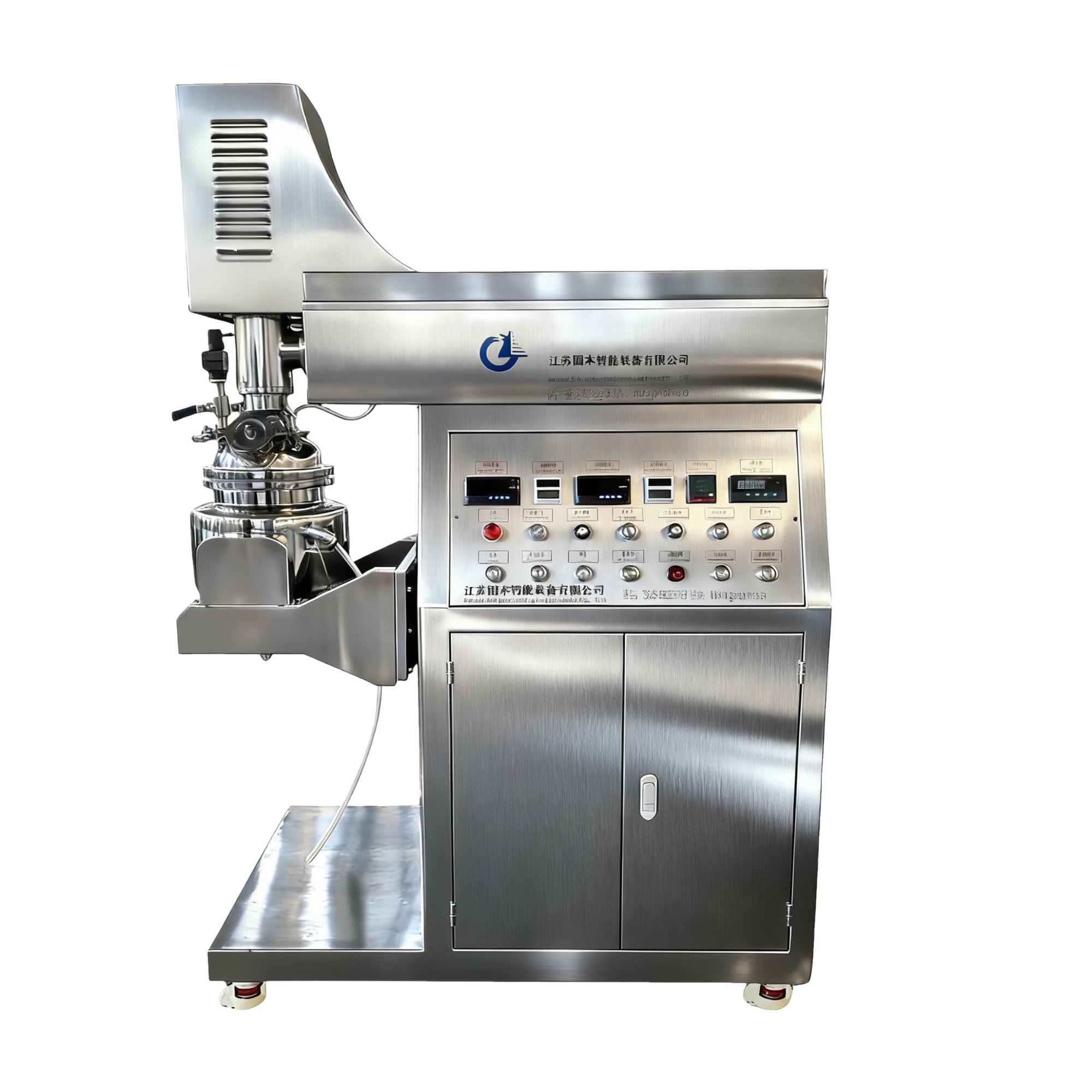 5L Vacuum Emulsifying Homogenizer Mixer
5L Vacuum Emulsifying Homogenizer MixerThe 5L vacuum emulsifying mixer is a device designed for emulsifying and mixing various substances in a vacuum environment. This equipment is equipped with a mixing tank with a capacity of 5 liters and is widely applied in industries such as food, pharmaceuticals, cosmetics, and pesticides.
-
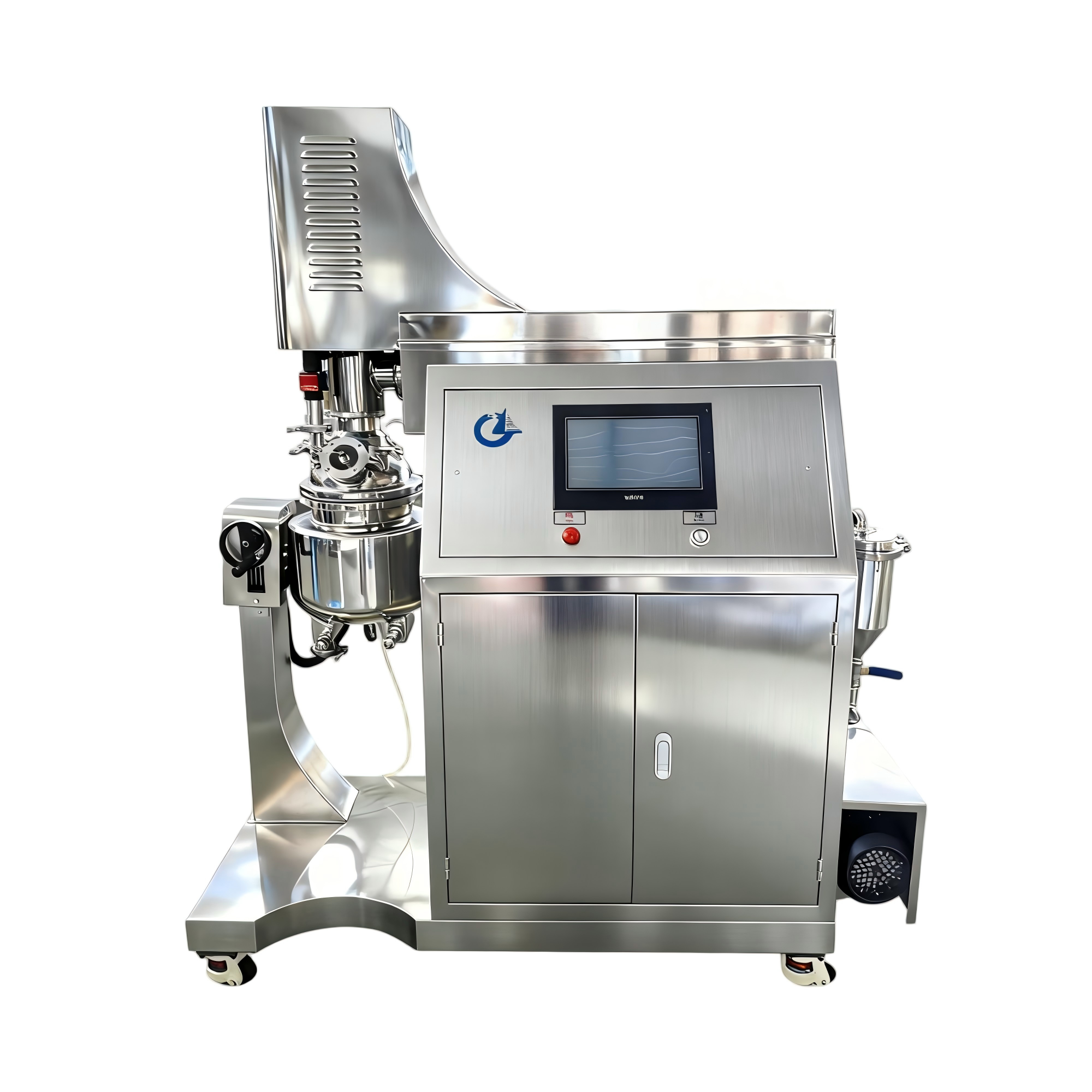 5L PLC-Screen Vacuum Emulsifying Mixer
5L PLC-Screen Vacuum Emulsifying MixerThe 5L PLC-Screen Vacuum Emulsifying Mixer is a device designed for emulsifying and mixing various substances in a vacuum environment. This equipment is equipped with a mixing tank with a capacity of 5 liters and is widely applied in industries such as food, pharmaceuticals, cosmetics, and pesticides.
-
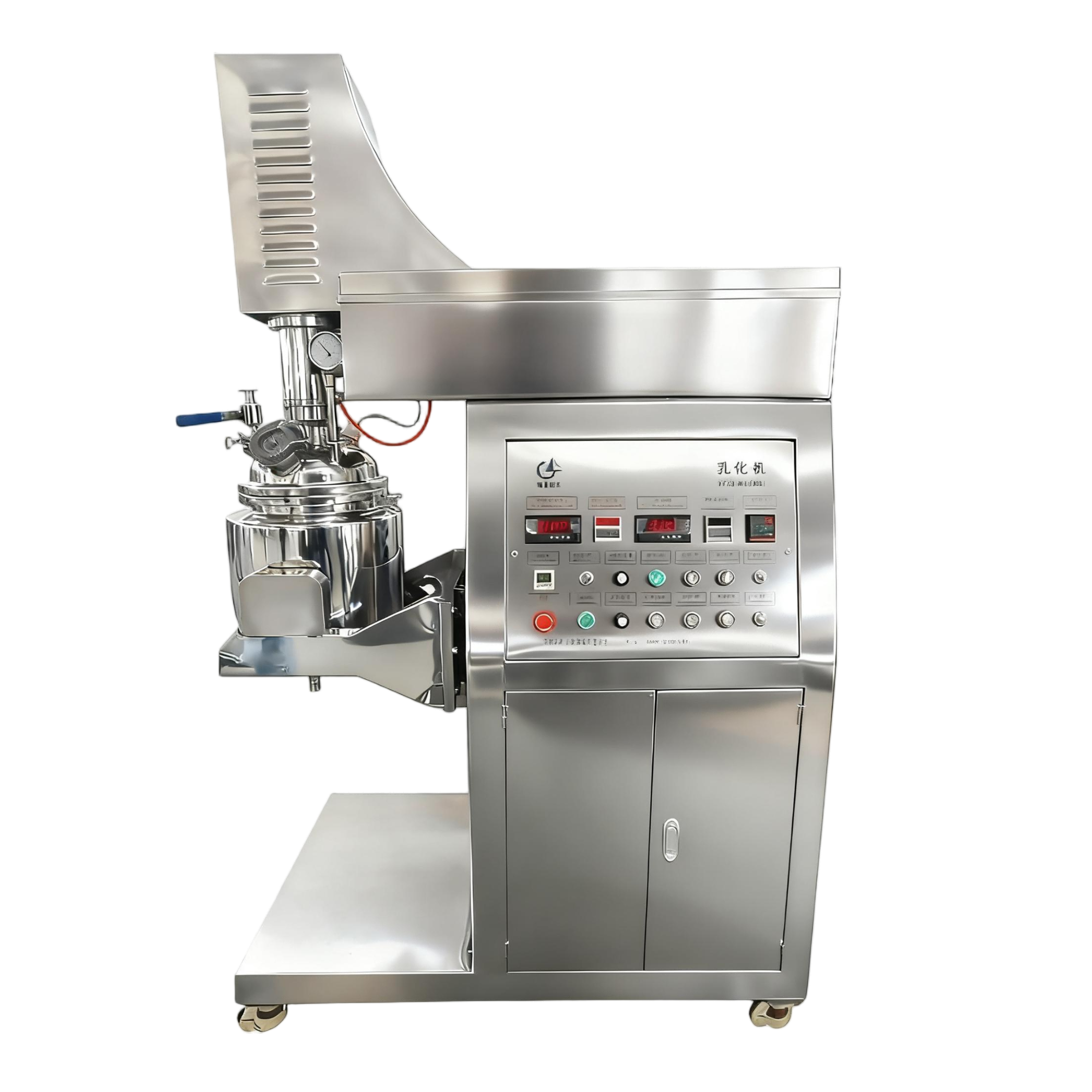 10L Vacuum Emulsifying Homogenizer Mixer
10L Vacuum Emulsifying Homogenizer MixerThe 10L Vacuum Emulsifying Mixer is a device used for emulsifying and mixing various substances in a vacuum environment. It is commonly used in industries such as food, cosmetics, and pharmaceuticals.


 English
English Russian
Russian French
French Spanish
Spanish Portuguese
Portuguese Korean
Korean Japanese
Japanese Thai
Thai